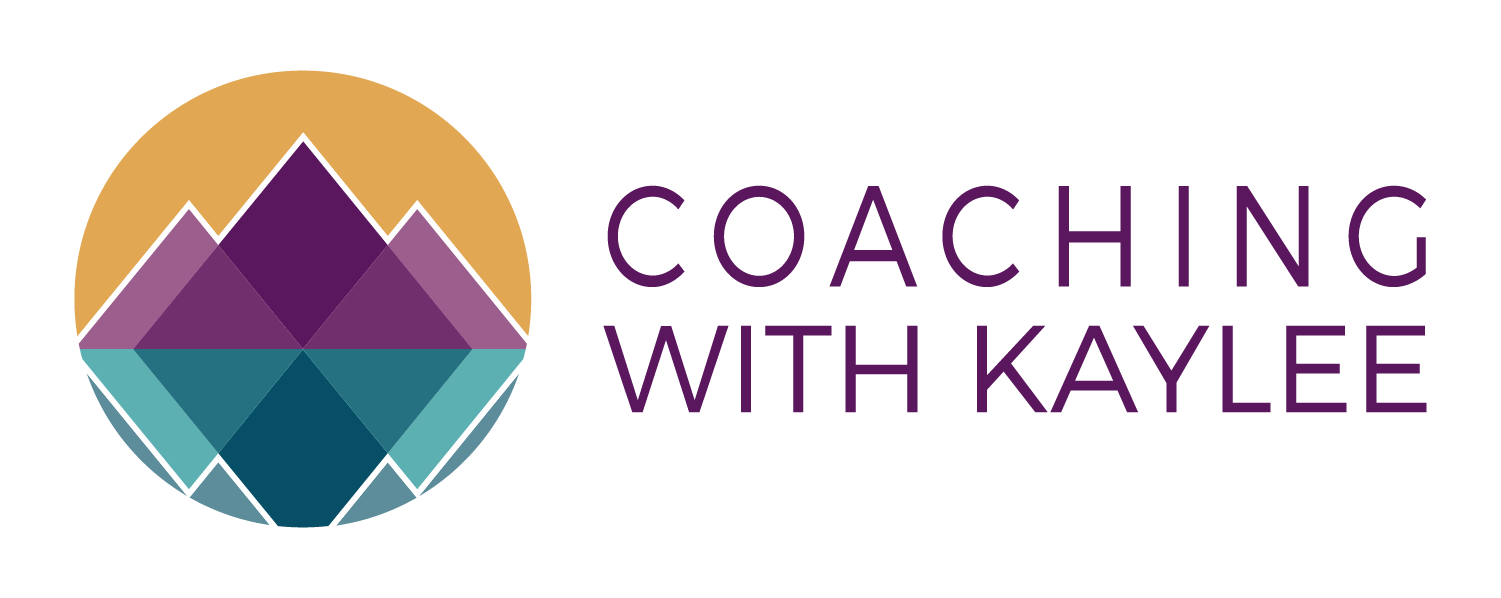Get Started Investing: 3 Simple Steps To Set Your Foundation
Does thinking about investing freak you out? If you’ve wanted to make more of your money but have been dragging your feet, you’re not alone! It’s easier than you think to get started investing.
My clients ask me about investing ALL the time. I get constant questions like how I can tell if my investments are working, and how diversified should my investments be. They ask about starting a 401(k) or a retirement fund.
But the number one question I get is, “how do I get started?” It’s an important question, I’m going to share my best answer with you today.
But it’s not just which stock to buy or what investing app to download. The foundation for successful investing is bout something else.
I’ve been spent a lot of time focusing on my investment strategies over the last few years. So far it has paid off a LOT more than I expected.
In fact, a while back I was running my numbers on my Money Journal and made a major discovery. (I have a ritual in which I look at my numbers every day, right along with my 7-Minute Money Mindset reset.)
I realized that I accumulated $15,000 in assets on ONE year just by following a simple 3-step investing strategy. Honestly, I am still a bit surprised, in a GOOD way!)
So I’ve narrowed it down to 3 simple steps to help you get started investing. It has worked wonders for me, and I know it can help you, too! Let’s get started.

1: Get to know your numbers.
The most important first step is spending time with your numbers every day. This means creating time in your schedule to get organized, face your numbers, and learn how to relate to them. I start all my clients with gathering ALL relative financial information for their business for this purpose.
Most people think that investing will build wealth faster. But the more money you have, the more responsibilities you carry. You need to know yourself AND your money. So set aside the time and get to know your numbers NOW. It’s the foundation for investing success.
2: Invest in your community.
Ever heard that you are the average of the five people you spend the most time with? This affects all areas of your life, including money. So take note of the people around you, and adjust accordingly.
I made a list of all the people in my circle that made 100K a year or more. Then a list of those who made one million a year or more. At first I thought I’d have few in my trusted circles who made that kind of money. But there were more than I thought!
I also started paying more to how the people around me spoke about money. This brought up more money conversations. Then I made an intention to surround myself with people with wealthy mindsets, and the results were amazing! (Hanging out with savvy accountants and money coaches doesn’t hurt either!)😉
3: Know your DEBT.
If you have debt responsibilities, especially in recurring debt (like PayPal credit, credit cards, etc.) managing that debt this is your first tangible step in investing.
First, know how much you owe. Then know the interest rates, minimum payments. Finally, have a payoff plan for each account.
For example, I knew that when I paid off my student loans, I would save 4.3K in interest payments and $107 a month in cash flow. I also knew that paying off my car would save $514 in interest payments, and $300 a month in cash flow.
Here’s another helpful hint: different types of debt create your credit score. There is useful debt and dead weight debt (as I like to term them). Knowing the difference will help you determine your next steps in your debt payoff plan.
(BTW, if you feel shame or embarrassment around your debt, read this!)
So there you have it! Use these 3 steps to get your investing foundation set, and you’ll make the most of your investing adventures with a lot less stress and confusion.
Give this a try, and leave me a comment and share how it worked for you!
Until next time,
Love, Light, and Money, Honey…
Kaylee
P.S. Do you think that you need to wait until you “have money” to get started investing? Believe it or not, you can start with as little as $5! So now that you’ve set your foundation, check out this post where I share some practical strategies to get your actual investing going, whether you have $5 or $50,000!
